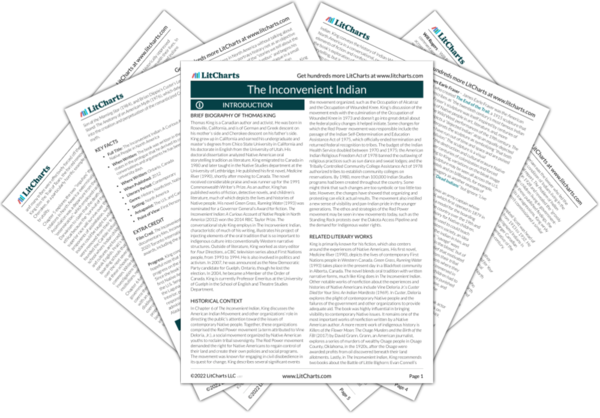HCR 108 and Public Law 280 effectively ended tribal sovereignty. This meant that Indians were subject to the same laws and regulations as other U.S. citizens. Canada’s proposed 1969 White Paper purported to advance equality in Canada by getting rid of the Status designation (Legal Indians, in King’s terms) and rendering all individuals—Indian or otherwise—equal under Canadian law. Again, then, the government frames a law to position itself as well-intentioned when, in reality, the law harms the people it purports to protect. When negotiations began to amend the Indian Act in response to Hawthorn’s report (mentioned in Chapter 5), First Nations leaders repeatedly expressed concern over the breach of rights to land and self-determination that the proposed amendments would bring about for Canada’s Native peoples.
